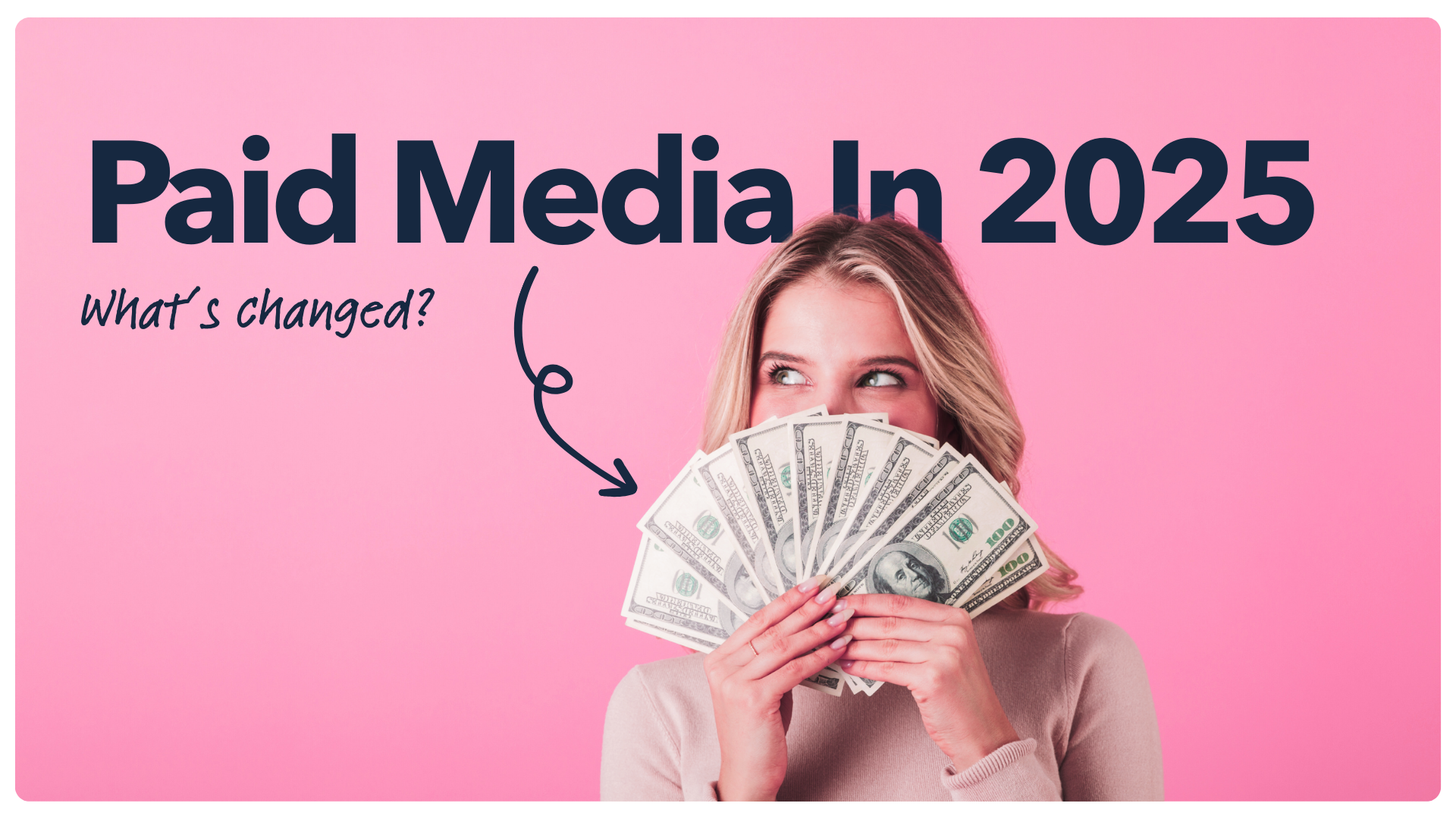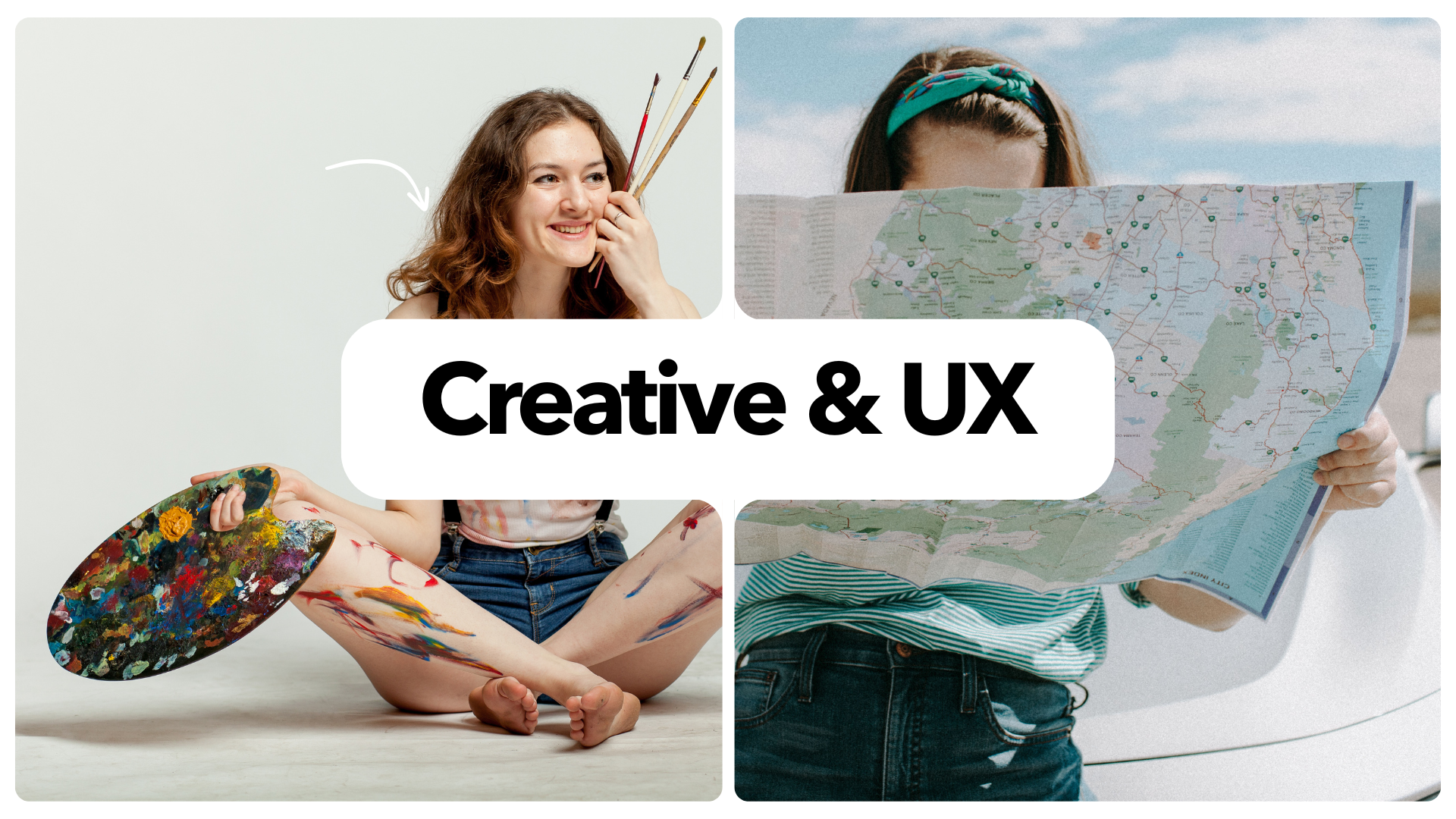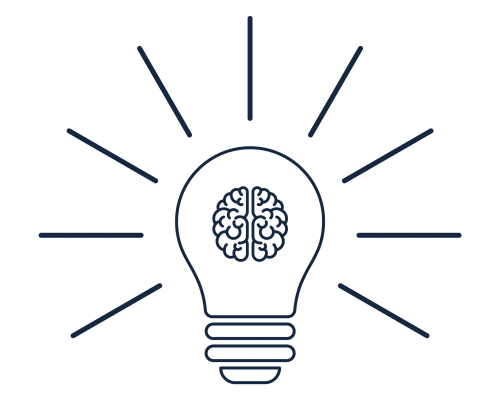Search marketing has changed more in 2025 than perhaps ever. AI & LLM, social search, increased regulation of HFSS, and so much more mean that, if you’re working in paid media, it’s no longer enough to simply pump more budget into Google Ads or Facebook.
To stay profitable, brands must optimise beyond the platforms themselves. In practice, this means focusing on creative quality, user experience, first-party data and the total brand experience – not just on bids and budgets.
What Are Paid Ads and Why Must We Think Beyond Them?
 Paid ads (or paid media) refer to any advertising placements where brands pay to reach a target audience online – for example, Google Ads, paid social posts on Facebook/Instagram, display banners, video placements, sponsored content, etc. A paid ads agency typically specialises in managing these campaigns across search engines and social networks. However, future-proof marketing isn’t just about knowing what paid ads are – it’s about understanding their limits.
Paid ads (or paid media) refer to any advertising placements where brands pay to reach a target audience online – for example, Google Ads, paid social posts on Facebook/Instagram, display banners, video placements, sponsored content, etc. A paid ads agency typically specialises in managing these campaigns across search engines and social networks. However, future-proof marketing isn’t just about knowing what paid ads are – it’s about understanding their limits.
When everyone chases the same clicks, costs rise and performance plateaus. Plus, these days the paths to discovery have changed. Social media is increasingly becoming a starting point in search discovery, as well as inspiration and often consideration.
In fact, less and less of users’ decreasing attention is spent on our websites. Users who do search traditionally are now faced with more zero-click SERPs than ever. Featured snippets, AI overviews, and now Google’s new AI mode own the lion’s share of so many SERPs.
Deloitte’s 2025 Digital Media Trends report notes that U.S. consumers still spend about six hours per day on entertainment, but that attention is now split roughly equally between traditional TV/movies, streaming video, social media and gaming. In other words, the media pie hasn’t grown – competition for eyeballs has. Social video platforms alone now draw over half of US ad spending, while half of Gen Z report that social media ads or reviews influence their buying decisions.
A future-proof strategy starts by acknowledging that paid ads are a tactic, not the whole strategy. We must extend our focus to who we’re reaching (the target audience) and how we engage them (the creative, UX and brand story), not just where we place ads.
Creative and UX: Optimising the Total Experience

Putting the customer first means giving them an exceptional ad experience. That starts with the creative. Ads must be engaging, relevant and tailored to each platform. For example, social platforms demand thumb-stopping content.
Bland banner ads or generic stock photos won’t cut through. Smart-casual copy, punchy headlines, and brand-aligned imagery all earn more attention. Similarly, video ads should be formatted for mobile (vertical or square) and front-load key info to captivate decreasing attention spans.
Short-form videos – TikToks, Reels, Shorts – are especially effective for younger consumers. Studies show they often have the highest ROI of B2B and B2C formats (one report even found short-form videos gave the “highest ROI” for marketers in 2024).
Equally important is landing page UX. All the targeting in the world won’t save a clunky site. Think of your landing environment as a bucket. You can fill that bucket with as much high value traffic as you want with the tap of paid media. But, if you’ve got holes in that bucket, in the form of friction, drop off points, and other poor UX elements, your never going to fill the bucket, your not going to convert users, your going to lose out on revenue, and you’re going to be actively losing the money spent on ads.
In practice, that means lightning-fast load times, clear calls-to-action, mobile-first design, and matching the page copy to the ad promise. Our paid media client Lights4fun more than doubled conversions by doing exactly this – making ads and landing pages match seamlessly. In that Lights4Fun case study, improving relevance and user flow drove a 137% increase in conversion rate and 187% boost in revenue.
For creativity testing, an audience-first approach is key. Segment your customers and tailor creatives to each group. Use A/B or multivariate testing to learn quickly which headlines or images resonate. Nowadays, modern AI tools can automate A/B testing…eliminating the traditional manual guesswork. By constantly testing and iterating, you refine ads that truly speak to your audience instead of guessing. In short, future-proof paid strategy invests in high-impact creative and smooth UX. It treats ads as just one touchpoint in the total brand experience, not an isolated transaction.
Adapting to Fragmented Channels and Changing Habits

Consumers are everywhere – streaming on Netflix, scrolling TikTok, chatting on WhatsApp or asking Alexa. Brands need to follow them with the right content on the right channels. This means embracing social and short-form video aggressively. As Deloitte notes, streaming giants and social video “have leveraged data and technology to amass large global audiences, target them for engagement and sell access to brands”.
Social video is already pulling more ad dollars than ever. Deloitte finds social video platforms draw “over half of US ad spending”. Gen Z in particular is a social-first generation. 63% of Gen Zers say ads or product reviews on social platforms influence their purchases, vs. only 49% of millennials.
Accordingly, highest performing advertisers create native ads for TikTok, Instagram Reels or Snapchat. Shoppable video ads, influencer partnerships, and user-generated content can amplify trust and share across social networks. Owned channels like LinkedIn newsletters, blog content, or branded podcasts also extend reach without ad spend.
We’ve seen brands boost engagement by integrating earned media – quoting customer reviews or running an Instagram Stories Q&A – alongside their paid campaigns. This broad approach captures “total search” and “omnichannel” attention.
On the search side, AI searches are rising but not yet dominating. A recent study found that even after two years of explosive growth, AI chatbots still represent only ~3% of search traffic.
Google Search commands roughly 4.7 billion daily visits, versus only 185 million for ChatGPT. Google’s new AI-powered search “Gemini” has reached about 141 million monthly visits (around 5.1 million per day) by early 2025.
In practice, that means we can’t abandon SEO or Google Ads just yet. Instead, we prepare for AI’s long-term impact by creating conversational, helpful content (good for Google’s SGE previews) and monitoring emerging channels. Since their inception, search engines have promoted the sites which best serve user needs.
In today’s world of machine learning and AI, they’ve supercharged their ability to recognise which websites do that best. That’s why human-first search engine optimisation is key to future-proofing yourself from algorithm changes and ranking fluctuations.
Profit-First Performance and Intelligent Testing

Ultimately, every strategy must be judged on business results – not just media metrics. This is the essence of Salience’s paid media ethos: profit-first performance. ROAS… looks good in reports, but it tells you nothing about what actually matters – profit.
A more meaningful metric is POAS (Profit on Ad Spend), which accounts for product margins, costs, fulfilment and discounts. By optimising for POAS, you ensure ads aren’t just driving revenue, but genuine profit.
In practical terms, this means mapping out all costs (logistics, returns, ad fees) and setting a clear profit target for each campaign. If a campaign can’t meet that profit floor, it’s paused – even if it superficially has a high ROAS.
Intelligent testing ties into profit focus. Rather than guess what might work, smart teams run constant experiments on creative, audiences and placements. Platforms like Google Ads and Meta now allow automated multivariate testing (even AI-driven Creative Studio testing) so you can quickly identify winning headlines or images.
For example, AI platforms can simultaneously test multiple ad variations and pick the best performers. This ensures every pound spent is pushed toward the most profitable ads. Likewise, test new targeting approaches – retargeting, lookalike audiences from first-party lists, contextual targeting instead of personal data – and measure by POAS, not just by clicks or ROAS.
Finally, maintain commercial awareness at all times. Use real-time data to spot channel shifts: if, say, Google’s Performance Max suddenly underperforms, pivot budget. Always tie ad spending back to broader goals like brand growth or lead quality, not just traffic. Effective marketers draw on all media types – paid, owned, earned – and measure outcomes like customer lifetime value and profit per campaign. This total-market approach means paid ads are just one piece of a larger puzzle.
Conclusion
Paid advertising is far from dead, but its rules have changed. Future-proofing paid media marketing requires brands to invest in better creative, seamless UX, robust first-party data and integrated brand experiences. As Deloitte’s research reminds us, consumers’ attention is finite and fiercely contested. To win, advertisers must blend paid campaigns with organic content, personalisation and on-point creative, then optimise everything for profit (not vanity metrics). Those who do will see ads as one prong of a broader strategy, not the entire strategy. In short, the ads themselves matter – but only as much as the story they’re a part of.
